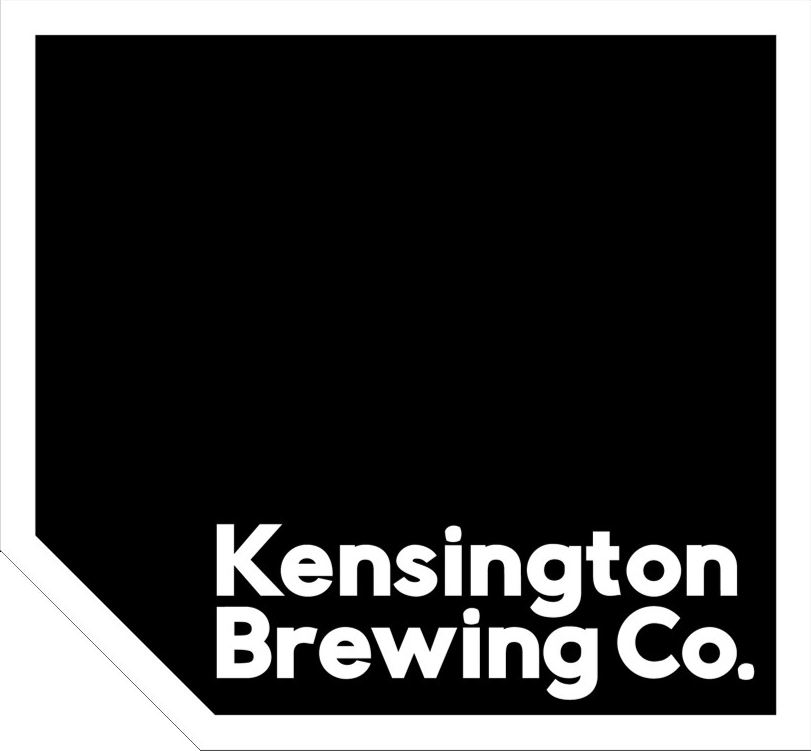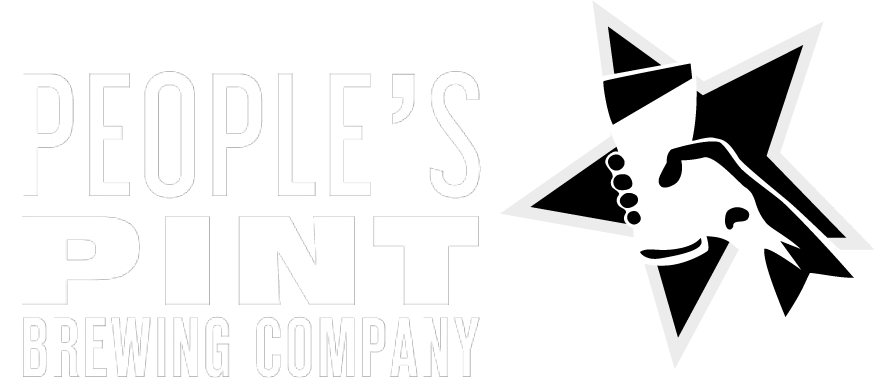By Leah Kitagawa
As the weather heats up, we find ourselves looking for lighter, thirst-quenching bevvies that don’t pack the punch of a double IPA or imperial stout. Over the past few years ready-to-drink (RTD) cocktail market has gained incredible momentum and craft brewers are getting in on the action too. The days of the super sweet canned cocktails are over as hard seltzers take center stage in the ready-made cocktail market.
What are hard seltzers?
A hard seltzer is a light refreshing drink that combines alcohol, sparkling water and flavouring. The term hard seltzer encompasses alcoholic beverages made with a clear malt base, as well as those with a brewed sugar base where all fermentable sugars are from a non-malt base. Hard sparkling water that uses a separately distilled spirit as its base may also be marketed as a hard seltzer. For the purposes of this mini article, I’m focusing on craft hard seltzers made from a brewed sugar base.
White Claw
It’s almost impossible to deny the massive impact the macro seltzer market has had on the beer industry. Since the launch of White Claw Hard Seltzer in 2016, its sales have increased from one million cases to a projected 150 million cases in 2020. White Claw’s creator, Anthony von Mandl, has predicted its annual sales in Canada to grow up to 25 million cases, or roughly 10% of the Canadian beer market share.
So Why Now?
As we all are all acutely aware, the pandemic has forced businesses to consider alternative revenue sources. Entering the RTD market has been a logical next step for a lot of craft breweries as they already have the license and most of the equipment necessary to produce craft hard seltzers. Brewers already have the production knowledge required to develop seltzers and they can be made relatively quickly compared to beer.
Craft Seltzers may sound easy BUT…
On the surface, brewing a seltzer is a simple endeavor, and is made using a sugar base that is fermented with yeast and carbonated. Managing yeast health and fermentation can be challenging, as the sugars used in seltzers lacks sufficient amounts nutrients and minerals for the yeast to feast on. The water used in seltzers is often treated with carbonates and bicarbonates need to bring the pH high enough to release minerals that will counteract the acidity.
Hard Seltzer Brewing Basics
After fermenting the sugar mixture with yeast, it is diluted down to the desired strength and filtered for clarity. The sugar mixture is fermented with yeast, converting the sugars to alcohol, leaving behind little to no residual sweetness. Sweeteners are often added at the final stage of the brewing process.
As opposed to their macro counterparts, craft hard seltzer producers are invested in making a quality product with all-natural ingredients and real fruit. Entering the hard seltzer market allows brewers to explore different methods of beverage production, as well as using various sugar, yeast and fruit combinations. For craft drinkers looking for a refreshing and sessionable alternative to beer, craft hard seltzers may just the perfect bevvy for a summer’s day.






